- Learning time
- 10 minutes
- First play time
- 30 minutes
Railroad Ink
Designed by: Hjalmar Hach,Lorenzo Silva
In Railroad Ink players are building routes of both train tracks and roads, with the primary goal to create a connecting network – more connections: more points!
Everyone takes a laminated board and a pen (the game supplies pens) and over seven rounds five dice are rolled showing various types of routes – train tracks (straight, cornering or diverging) roads (likewise) or stations that connect the route types together. Once the dice are rolled, players simultaneously decide how to assign them; by drawing the dice faces onto squares on their board: you must begin at the edges, but after that you can continue from a pre-existing route if you choose.
Around the edges of the board are arrow-shaped exits, and what you’re trying to do is connect as many of them to the same network as possible – all networks will score, but one big network will score a lot more than two or three smaller ones. Networks connect by having one exit link to another, either directly (track to track; road to road) or via a station somewhere along the route.
At the top of your board are seven ‘bonus’ squares which you can choose to add to the board – one per round, to a maximum or three during a whole game. If you do so, you cross the bonus off and it can’t be used again. The bonuses are very helpful in connecting everything up, but they often add unfinished links as well, which aren’t a good thing…
After the seventh round is played, connected networks score, and three other criteria score as well: your longest unbroken road, longest unbroken track, and a point per square drawn on in the nine central squares on your grid. But you also assign minus points as well – every track or road that doesn’t connect either to another square or the edge of the board costs a point, meaning there’s a balance between sprawling wildly over the board and playing potentially too tightly.
Most points is the best railroad route builder!
Joe says
It's another roll 'n' write extravaganza! I played this once, maybe twice, and it was ok. I think, as per Sam's comment above, I preferred Avenue. Although I really love a proper route-building train game, I don't feel the theme coming through in games like this at all.
The guru's verdict
-
Take That!
Take That!
None
-
Fidget Factor!
Fidget Factor!
Low, though you occasionally need to wait - or take a moment yourself - while someone works out their best option.
-
Brain Burn!
Brain Burn!
Low - although there's some tactical decisions made, the game is definitely one where you often feel events slipping out of your control as the dice faces you really, really need simply refuse to be rolled! On those rare occasions where it all comes together it's very satisfying though.
-
Again Again!
Again Again!
If the experience doesn't change a huge amount, the dice are always unpredictable and each edition of Railroad Ink (there's a blue and red edition) comes with an additional expansion you can mix in for extra options.



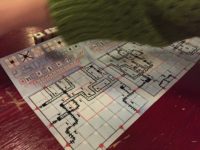


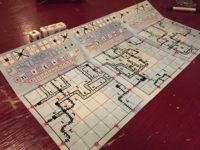




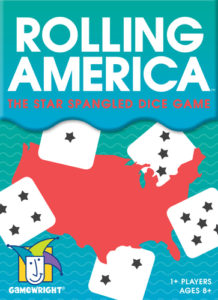
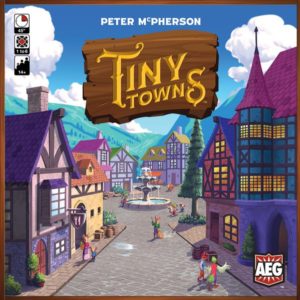
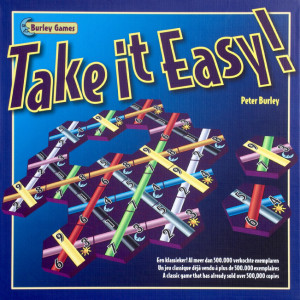
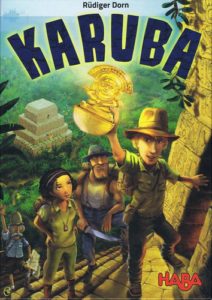
Sam says
Railroad Ink has something of an antecedent in Avenue, I game I've enjoyed a lot, but it's distinct enough to merit its own identity. The dice-chucking can give markedly different results in games with big scores followed by terrible ones, and there's enough going on here to keep it interesting for the 20 minutes it usually lasts. You can gamble on making connections that never arrive, or play a little safer. Either way, if nobody is yelling "Noooooooooo!" at some point, you're probably not playing it right. Like another old favourite, Take It Easy, it feels like it's engineered to put you through delicious torment...